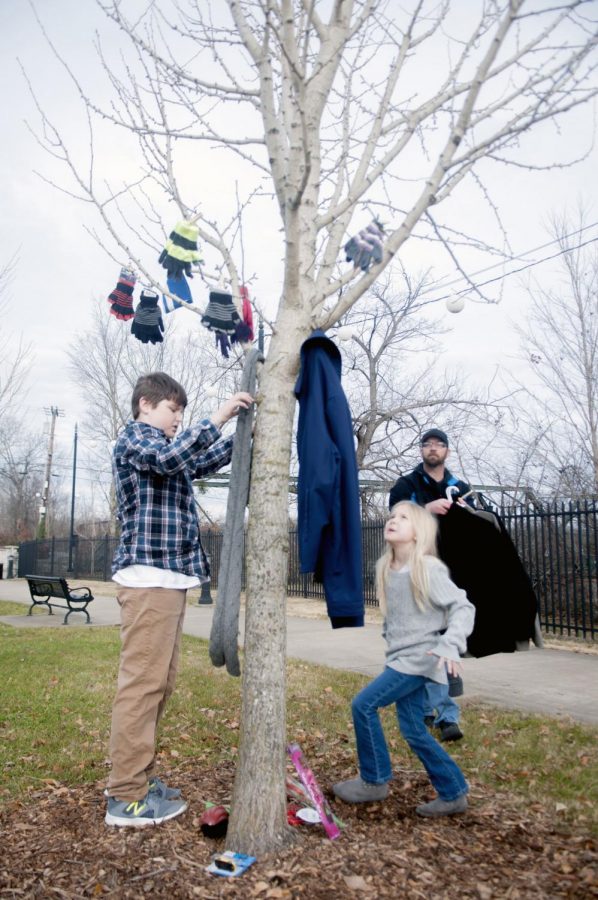A Brief History of Marching Band
September 24, 2018
Marching Band is a group of instrumental musicians who generally perform outdoors and who incorporate some type of marching or other movement with musical performance. Brass, woodwinds and percussion instruments are included in the marching band. With music that has a upbeat rhythm suitable for marching. A marching band not only performs musical pieces, but they also entertain with steps and movements creating a moving image, forming designs such as letters, logos, or even animated pictures. Many marching bands perform field shows at special events such as football games, or even band competitions. Marching bands are usually categorized by the style of field show they perform. Marching bands perform indoor concerts that took many of the songs, traditions, and flair from outside performances. Evolving from the tradition military bands, marching bands have started a rich and varied tradition of musical styles. Ranging form martial music of John Philip Sousa and to Rock and Roll and Rhythm and Blues.
 The idea of marching bands evolved from military bands. Musicians started to become less important in directing troops movements on the battlefield, band moved into ceremonial roles. Late nineteenth century, they became popular in American life, through the musical work and leadership of John Philip Sousa, who headed the U.S. Marine Band ( 1880-1892). Sousa wrote many of the well known marching tunes and started to take the Marine Band across the country for an annual fall concert tour, to then later form his own band which toured the U.S. and Europe.
The idea of marching bands evolved from military bands. Musicians started to become less important in directing troops movements on the battlefield, band moved into ceremonial roles. Late nineteenth century, they became popular in American life, through the musical work and leadership of John Philip Sousa, who headed the U.S. Marine Band ( 1880-1892). Sousa wrote many of the well known marching tunes and started to take the Marine Band across the country for an annual fall concert tour, to then later form his own band which toured the U.S. and Europe.
There are many military traditions that survive in modern marching bands. Those who march in formation are ordered to “dress” their ranks. May be called to “attention” also given orders like “about face” and “forward march”. Uniforms that marching bands use look similar to military uniforms.
Marching Bands are mostly known for performing at the halftime games of American football games. The first halftime show performed by a marching band at a football game was the University of Illinois Marching Illini in 1907, the game was against the University of Chicago. 
The fight song appeared at about the same time, which associated to university’s band. Known university fight songs are the University of Michigan “The Victors,” Notre Dame “Victory March,” and the United States Naval Academy’s “Anchors Aweigh,” which are used in various of high schools through the United States.
Color guard, majorettes or a dance team are another innovations in marching bands tradition.
Military bands are historically the first of matching bands. Instrumentation varies, contain brass, percussion and woodwinds. Their original purpose, military marching bands march forward only usually in a straight lines. Rarely making curves. Music is played at a constant tempo in order to keep a steady beat for the other military units.
Parade bands play marches. Can contain anything from bagpipes or fifes and drums, also with a full wind and percussion sections. Military and veterans’ organizations maintain parade bands.
Show bands the main role of performing at sporting events and competitions. They often perform at halftime shows. Show bands typically march in time to the music. Contain brass and percussion instruments; may not alway use woodwinds or percussion pit. The show isn’t marching in lines, more like involving creating designs, curves, letters with some moving illusions.Carnival Bands are a British show bands. Scramble bands are another show band. They may not march in time with the music, but to scramble from designs to designs to add comedic elements into the performance. Ivy League bands use this style.
Marching bands can vary, many bands have fewer than 20 members while some have 500. Marching bands vary in their instruments. Some may omit some or all of their woodwinds. It isn’t uncommon to see woodwinds in the mix. It’s more common to see them in a high school marching band. The brass section is the biggy one here, with the E-flat soprano cornets to replace the high woodwinds. Large bands may use the flugelhorns to cover the low trumpet parts. The Ohio State University Marching Band is the largest all brass band in the world (and percussion)
 Many bands use a glide step, also known as the roll step. This step involves bringing the heel to the ground with the toe pointed up, and then rolling forward onto the toes before lifting the foot. It makes the drill a fluid smooth appearance, with better control of the difficult formations of the styles of music played by those bands. Roll stepping allows a much broader range of tempo to be performed well: The proper execution of a roll stepp will give a player marching at 40 beats per minute the same smooth tone as player who marching at 180. Marching percussionists use the roll step as well, as the drums harnesses make a high step impossible. “High step” is a traditional style that colleges and universities such as The Ohio State University Marching Band, the University of Southern California Spirit of Troy.
Many bands use a glide step, also known as the roll step. This step involves bringing the heel to the ground with the toe pointed up, and then rolling forward onto the toes before lifting the foot. It makes the drill a fluid smooth appearance, with better control of the difficult formations of the styles of music played by those bands. Roll stepping allows a much broader range of tempo to be performed well: The proper execution of a roll stepp will give a player marching at 40 beats per minute the same smooth tone as player who marching at 180. Marching percussionists use the roll step as well, as the drums harnesses make a high step impossible. “High step” is a traditional style that colleges and universities such as The Ohio State University Marching Band, the University of Southern California Spirit of Troy.


